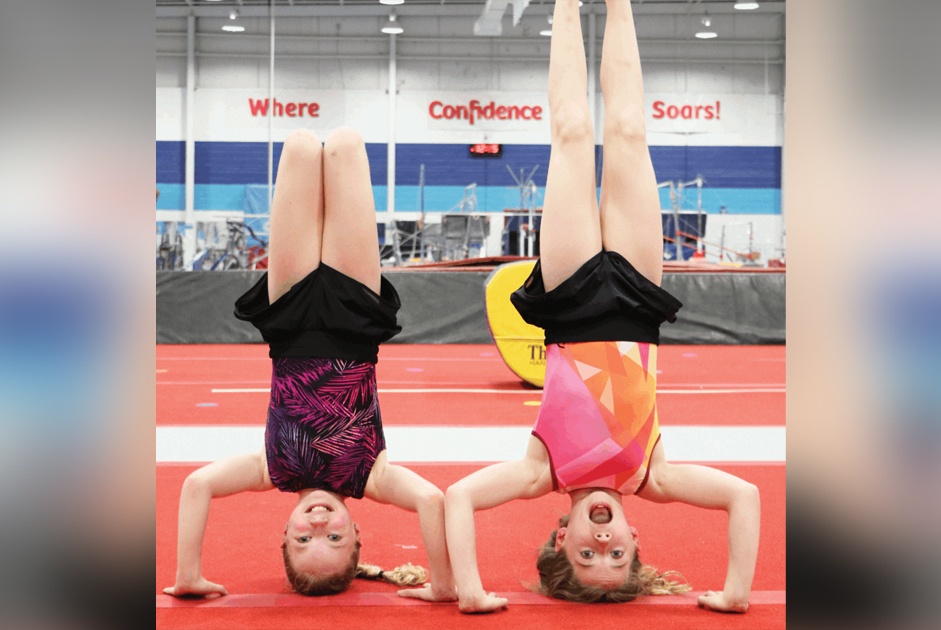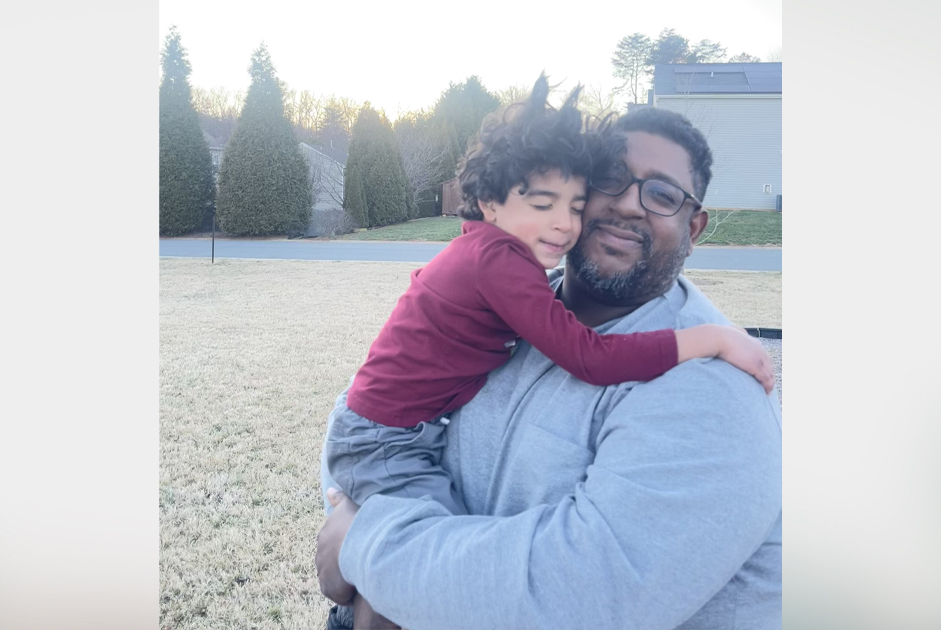As my children have gotten older, their lessons have become more mature. The objective of getting them to appreciate the lesson has become no less daunting, but underneath I think they’re beginning to realize there’s some truth and benefit to these lessons, if not immediately, perhaps at some later date down the road. They’d never admit that to me, of course. The trick for me is to incorporate the lesson within the context of our usual dinner conversation as if it relates to some news event or happening we’re discussing at the time. I have to be subtle in my approach, otherwise I’ll lose their attention.
During one such dinner, I brought up a movie my wife and I had watched recently. The movie was American Teen(produced by A&E IndieFilms and released by Paramount Vantage), a documentary that seemed more like a regular movie, about five seniors at Warsaw Community High School in rural Indiana. As you might expect, each was representative of a unique segment of high school life. There was Colin, a basketball star in search of an athletic scholarship in order to afford college; Megan, a wealthy “Princess-type” used to getting what she wants, however, who has high expectations placed upon her as well; Mitch, the romantic player-type, ladies’ man; Hannah, a rebellious personality who also possesses a valuable talent in art; and finally, Jake, a self-described “Geek,” who’s shy and has trouble fitting in with any one particular group. Each one completely different from the other, yet all had their own unique problems and concerns to contend with, unbeknownst to their peers.
The beauty of this coming-of-age film, as I explained, was that unlike other films of its type, this one starred the genuine seniors themselves, living life as it actually happened, not scripted or choreographed. The director used a small two-man film crew for each senior and basically blended in, allowing the students to interact as they would normally do, which contributed to the film’s authenticity.
The other advantage of seeing this film was the opportunity it provided me to explain the concept of what I call “curtains.” It’s basically that everyone you see, whether known or unknown to you, has the face and behavior they’re giving off in that instance, and then they have their curtain. Imagine that everyone you see is walking around with a curtain behind them. What you see is what they want you to see, but what you don’t see is what is behind their curtain. And that is the largest part of who they really are. It includes their experiences, their feelings, fears, goals, and innermost thoughts, and that’s just the beginning. Behind the curtain is their actual state of mind at that moment in time. What they’re really thinking, how they’re feeling physically, emotionally, and mentally, and the opinions and beliefs that affect their actions. What you see in the person is only about ten percent of what is actually there, if that much. You can’t see their past experiences, their health, concerns, worries, ambitions, and objectives that affect how they react to you and others. You see what is displayed, but you can’t see the reality behind the curtain.
This is important, because if each of us fathoms this concept, then we may be more careful not to jump to conclusions and opinions about someone in any given situation. We can learn to look beyond their words, emotions, actions, and so forth, to see if maybe there’s something else causing this reaction. In doing that, we’re more receptive in our responses, more careful and considerate in a way that a person normally isn’t. For example, if mom yells to come to dinner for the third time, angrily, appreciate what might be behind that behavior, other than the obvious. Perhaps it’s been a long day at work, she’s tired and hungry, and wants to spend quality time with her family to relax, and the delay is annoying.
There can be any number of examples, but I think I made my point. It appeared they understood. The concept of curtains offers a perspective that helps narrow the gap between our differences of opinion, and creates a better understanding of who we are and why we do what we do. We may not know all the answers, but recognizing that other influences may exist makes our responses more empathetic and amicable. This lesson is not just for our children, though; it’s one that we can all learn from and appreciate, perhaps leading us to become a better parent, child, spouse, co-worker, teammate, or friend in the process. It’s a worthwhile effort, I think.




















